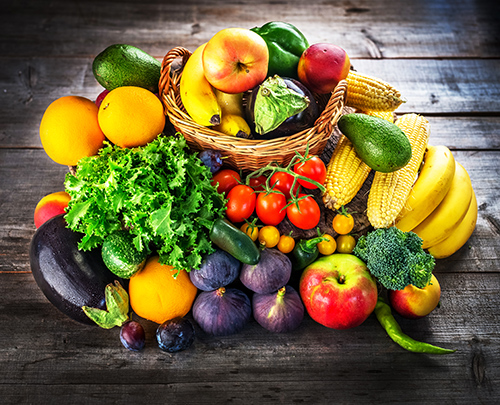
The color of foods depends on their coloring substances, making them appealing and enjoyable.
Artificial coloring—The food industry uses these as additives. They have no positive health effects; unfortunately, many are harmful.
Natural colors—Plant-based foods, mainly fruits and vegetables, contain various colored pigments that enhance their natural beauty. These natural colors are also beneficial to health, and some are even anticarcinogens.
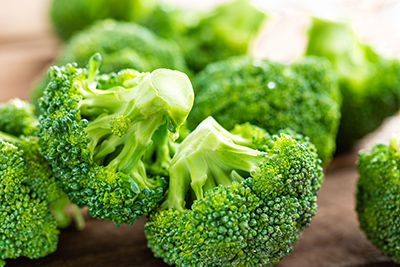
Green
This color results from chlorophyll, the most abundant vegetable pigment. This substance lets plants capture the sun’s energy to synthesize glucose, later converted into starch and other nutrients.
Spinach, lettuce, peas, artichokes, broccoli, legumes, and grain sprouts are good sources of chlorophyll.
Chlorophyll is an antioxidant and blood-purifying. Its anti-cancer properties are under investigation.
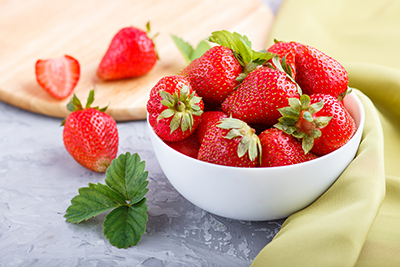
Red
Red is from lycopene, a carotenoid (a pigment similar to carotene in carrots). It is a powerful antioxidant. It neutralizes free radicals that damage the DNA in the cells and cause mutations and premature aging. It adds to the proper function of the prostate and prevents it from becoming cancerous.
Lycopene is found mainly in tomatoes, watermelons, peppers, and strawberries.
Orange

This color is due to carotenes, antioxidant, and anticarcinogenic vegetable pigments. Beta-carotene is the most important because it transforms into vitamin A in the body in a much higher proportion than other carotenes or carotenoids (pigments similar to carotenes).
Carotenes are found in carrots, oranges, squash, mangos, apricots, and other yellowish or orange fruits.
Yellow
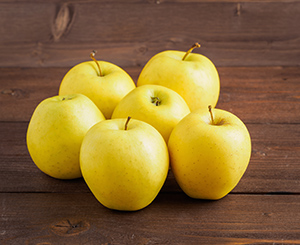
Various pigments present this color:
Carotenoids, such as lutein, in corn. Carotenoids are antioxidants and serve to protect the retina. Spinach also contains lutein, although they are not yellow since chlorophyll is its predominant pigment.
Flavonoids, such as the quercetin found in apples. Flavonoids are the most common pigments in fruits and have a variety of medicinal properties, particularly anti-inflammatory and antioxidant.

Purple
This color is produced by anthocyanins, antioxidant substances that improve blood circulation in the capillaries and veins. They add to the essential role of the retina and improve vision.
Purple grapes, mulberries, blueberries, and the skin of eggplants are rich in anthocyanins.
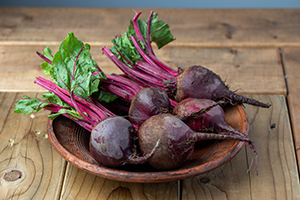
Deep Red
This rich color is due to a type of anthocyanin called betacyanin, which has similar properties to purple anthocyanins. They may also act as anti-anemics.
They are found in red beets and pomegranates.
DISCLAIMER: All content on this website is presented solely for educational and informational objectives. Do not rely on the information provided as a replacement for advice, diagnosis, or treatment from a qualified medical expert. If you are pregnant, nursing, or have any preexisting medical concerns, talk to your doctor before using any herbal or natural medicines.
REFERENCES
- George D. Pamplona-Roger, M.D. “Encyclopedia of Foods and Their Healing Power.” George D. Pamplona-Roger, M.D. Encyclopedia of Foods and Their Healing Power. Trans. Annette Melgosa. Vol. 2. Chai Wan: Editorial Safeliz, 2005. 394, 395. Print.
- Journal of Nutrition: https://academic.oup.com/jn/article/133/9/2871S/4688302
- Harvard Health: https://www.health.harvard.edu/mind-and-mood/foods-linked-to-better-brainpower
- American Journal of Clinical Nutrition: https://academic.oup.com/ajcn/article/112/4/810/5879433
